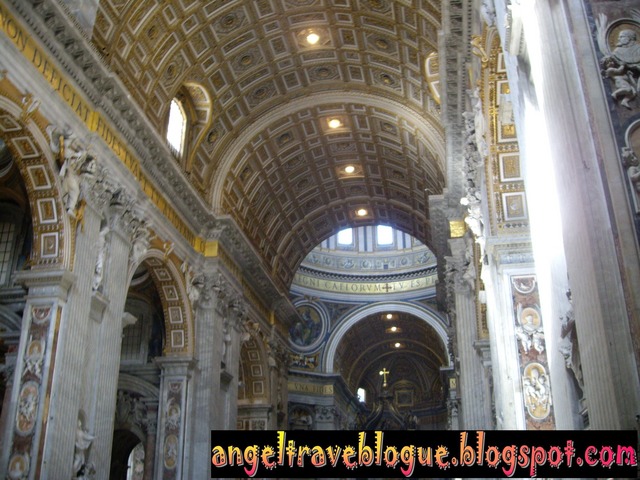
Wikipedia:
Maderno's nave
Maderno's nave, looking towards the chancelTo the single bay of Michelangelo's Greek Cross, Maderno added a further three bays. He made the dimensions slightly different to Michelangelo's bay, thus defining where the two architectural works meet. Maderno also tilted the axis of the nave slightly. This was not by accident, as suggested by his critics. An ancient Egyptian obelisk had been erected in the square outside, but had not been quite aligned with Michelangelo's building, so Maderno compensated, in order that it should, at least, align with the Basilica's facade. [12]
The nave has huge paired pilasters, in keeping with Michelangelo's work. The size of the interior is so "stupendously large" that it is hard to get a sense of scale within the building.[12][30] The four cherubs who flutter against the first piers of the nave, carrying between them two Holy Water basins, appear of quite normal cherubic size, until approached. Then it becomes apparent that each one is over 2 metres high and that real children cannot reach the basins unless they scramble up the marble draperies. The aisles each have two smaller chapels and a larger rectangular chapel, the Chapel of the Sacrament and the Choir Chapel. These are lavishly decorated with marble, stucco, gilt, sculpture and mosaic. Remarkably, there are very few paintings, although some, such as Raphael's "Sistine Madonna" have been reproduced in mosaic. The most precious painting is a small icon of the Madonna, removed from the old basilica.[12]
Maderno's last work at St. Peter's was to design a crypt-like space or "Confessio" under the dome, where the Cardinals and other privileged persons could descend in order to be nearer the burial place of the apostle. Its marble steps are remnants of the old basilica and around its balustrade are 95 bronze lamps.
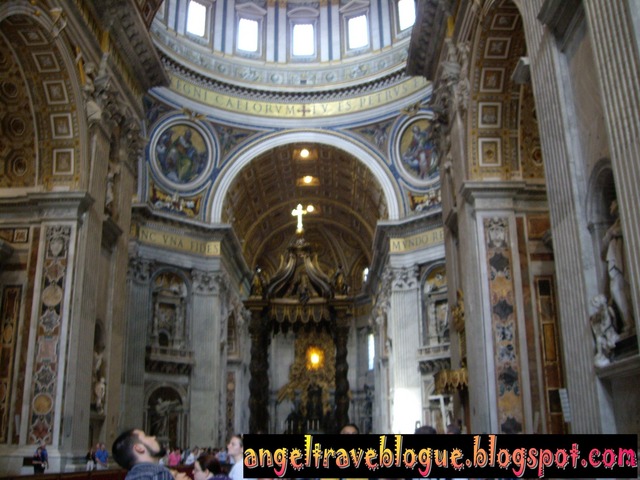

Wikipedia:
Cattedra Petri and Chapel of the Blessed Sacrament
Bernini's "Cathedra Petri" and "Gloria"Bernini then turned his attention to another precious relic, the so-called Cathedra Petri or "throne of St. Peter" a chair which was often claimed to have been used by the apostle, but appears to date from the 12th century. As the chair itself was fast deteriorating and was no longer serviceable, Pope Alexander VII determined to enshrine it in suitable splendour as the object upon which the line of successors to Peter was based. Bernini created a large bronze throne in which it was housed, raised high on four looping supports held effortlessly by massive bronze statues of four Doctors of the Church, Saints Ambrose and Augustine representing the Latin Church and Athanasius and John Chrysostum the Greek Church. The four figures are dynamic with sweeping robes and expressions of adoration and ecstasy. Behind and above the Cattedra, a blaze of light comes in through a window of yellow alabaster, illuminating, at its centre, the Dove of the Holy Spirit. The elderly painter, Andrea Sacchi, had urged Bernini to make the figures large, so that they would be seen well from the central portal of the nave. The chair was enshrined in its new home with great celebration of January 16, 1666.[12][22]
Bernini's final work for St. Peter's, undertaken in 1676, was the decoration of the Chapel of the Sacrament. To hold the sacramental Host, he designed a miniature version in gilt bronze of Bramante's Tempietto, the little chapel that marks the place of the death of St. Peter. On either side is an angel, one gazing in rapt adoration and the other looking towards the viewer in welcome. Bernini died in 1680 in his 82nd year.[12]
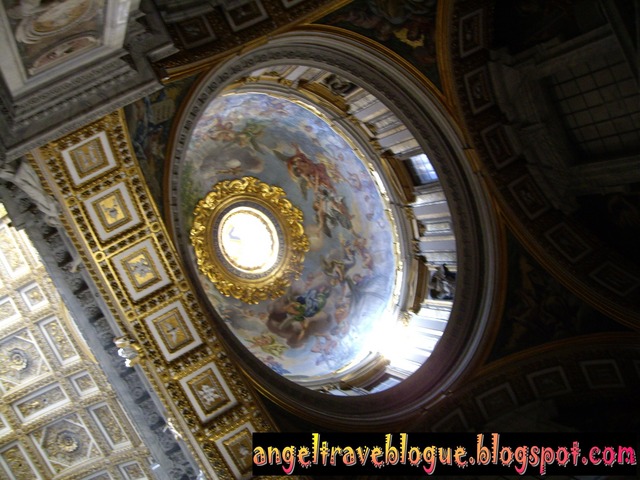
Wikipedia:
Dome - successive designs and final solution
Bramante's domeThe dome of St. Peter's rises to a total height of 136.57 metres (448.1 ft) from the floor of the basilica to the top of the external cross. It is the tallest dome in the world.[25] Its internal diameter is 41.47 metres (136.1 ft), being just slightly smaller than two of the three other huge domes that preceded it, those of the Pantheon of Ancient Rome and Florence Cathedral of the Early Renaissance. It has a greater diameter by approximately 30 feet (9.1 m) than that of the third great dome, Constantinople's Hagia Sophia church, completed in 537. It was to the domes of the Pantheon and Florence duomo that the architects of St. Peter's looked for solutions as to how to go about building what was conceived, from the outset, as the greatest dome of Christendom.
Beautifully crafted statues of the angels, saints, and our Lady Mother.
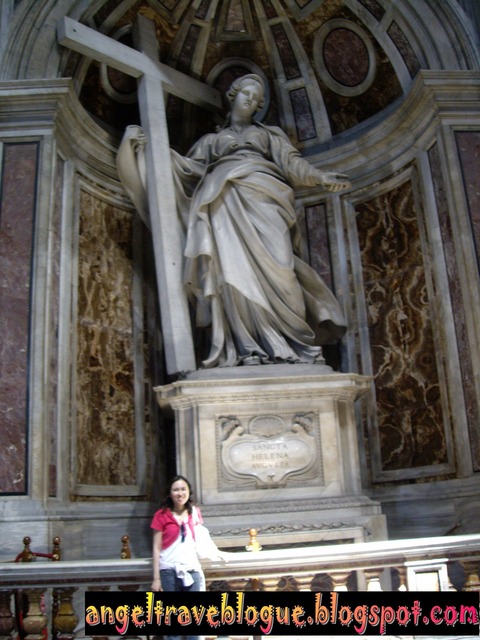

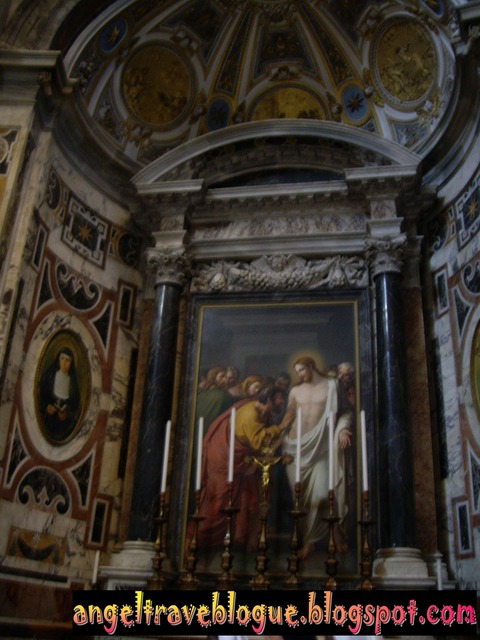
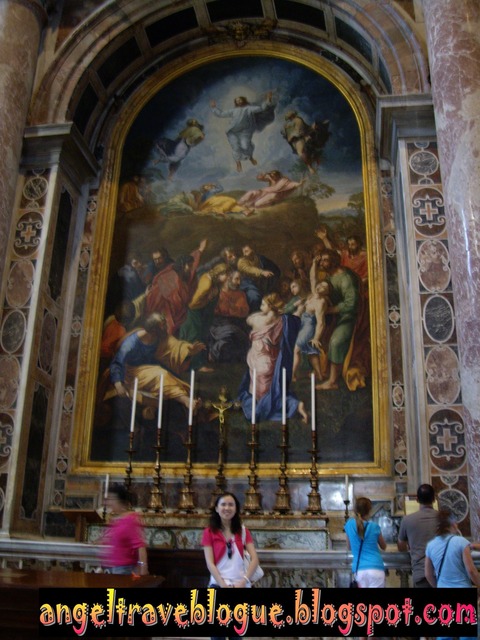
Saint Helena
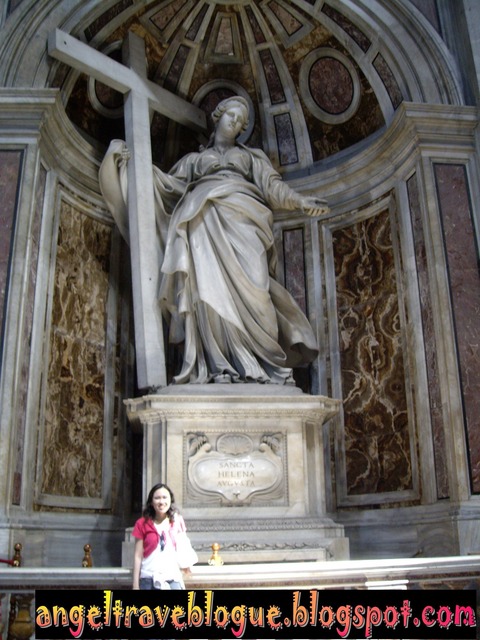
I found an emblem bearing my patron saint!:)
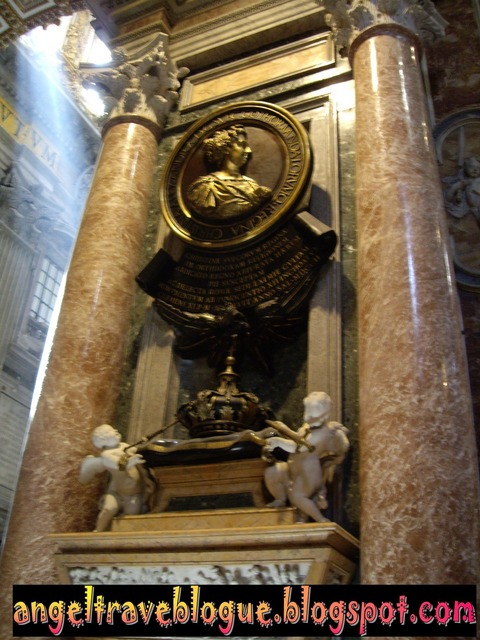
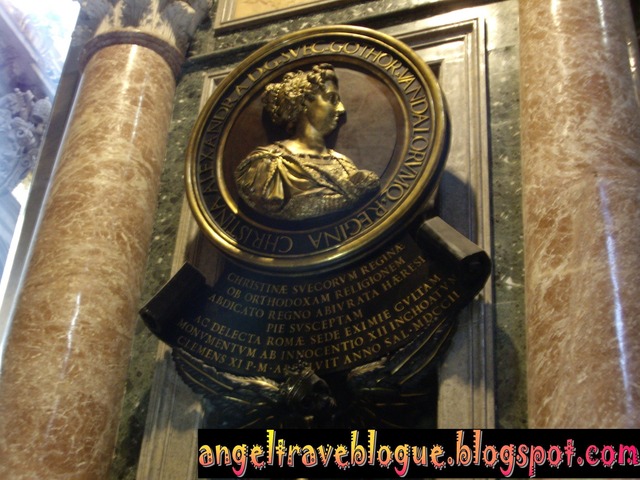
Confession room
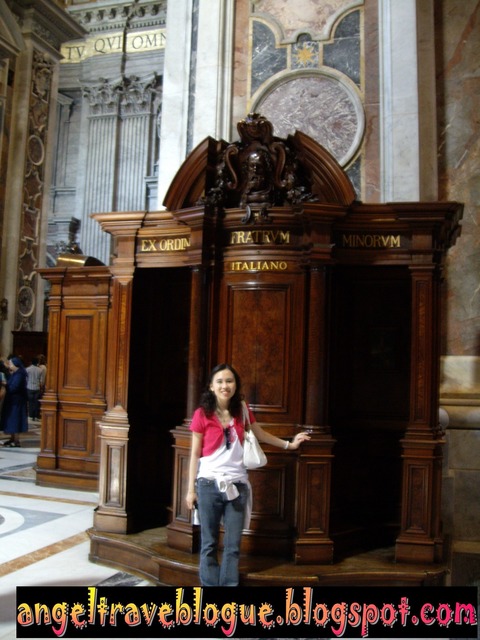
A beautiful place; and I just felt so at peace here!
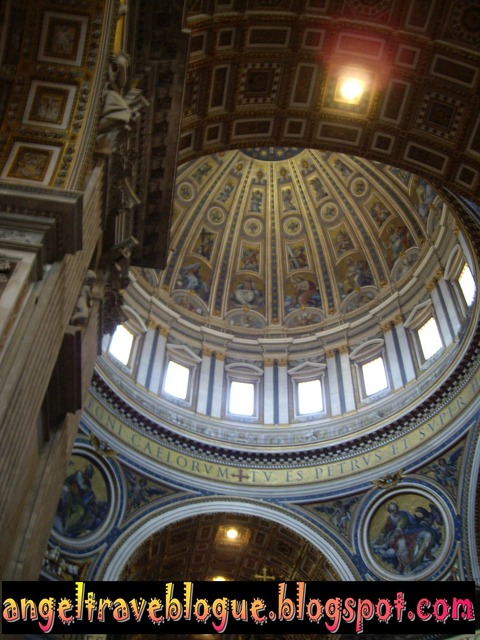
I have even managed to attend a short service by the parish priests; and they were conducted in Latin!
I've even received the Holy Host from this basilica =)
I stayed more than half a day here; as I was rather reluctant to leave this beautiful and meaningful place to me.
Too bad I didn't get to see his Holiness, the Pope himself; who is the head of our Catholic church as he only comes out to say mass to the public on Wednesdays.
With a heavy heart, I had to make my move to my next destination and praying that I will someday come back; or definitely will come back:)
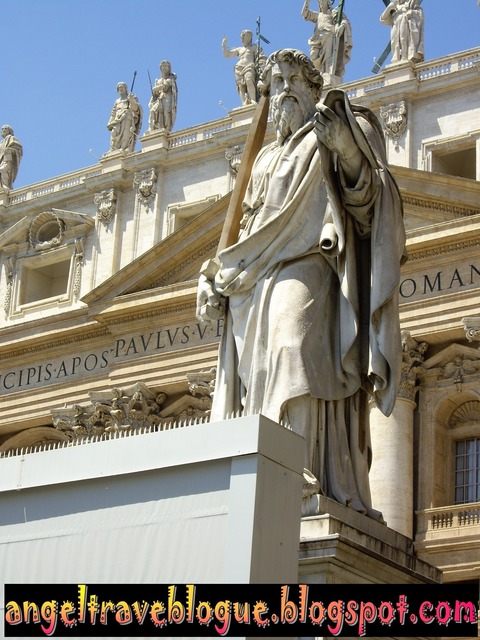
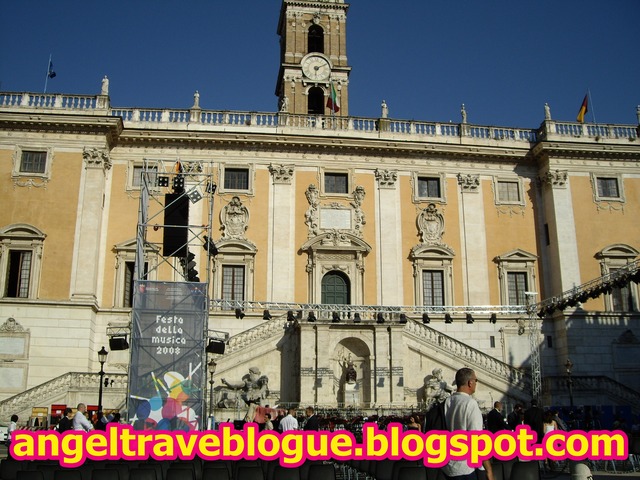
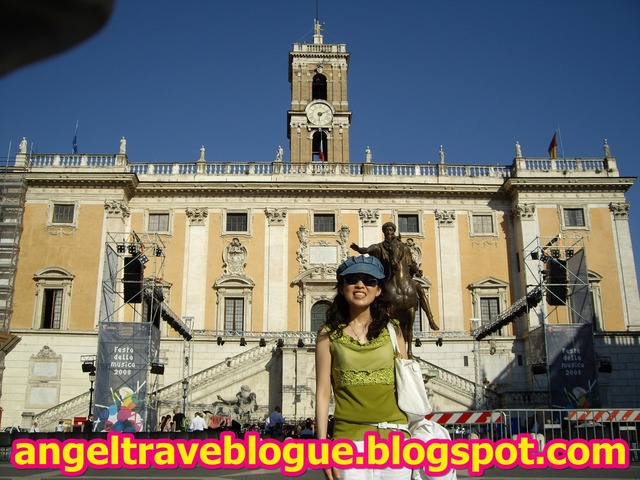
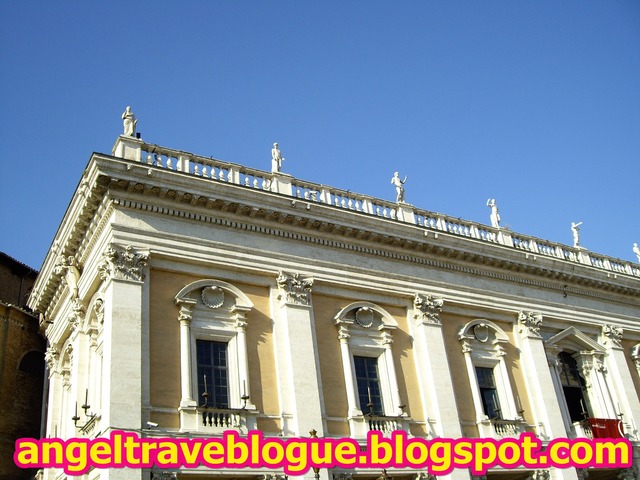
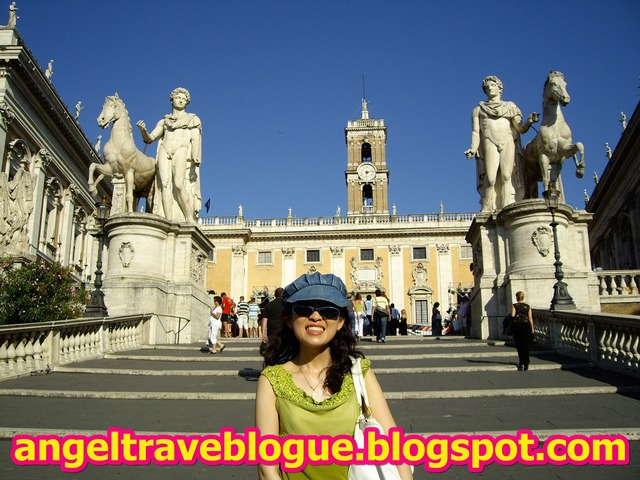

Souvenir shop along the street


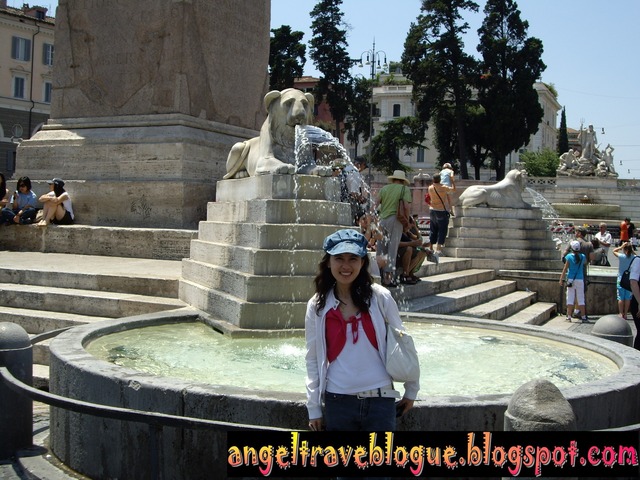
Goodbye now, Vatican City and St Peter's Basilica! I will definitely come back:)
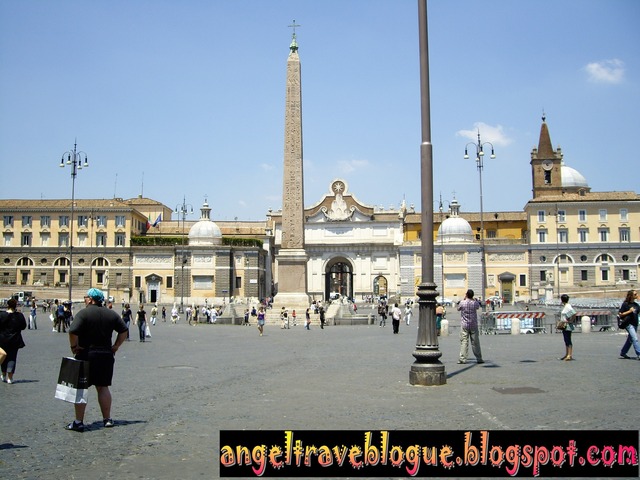

No comments:
Post a Comment